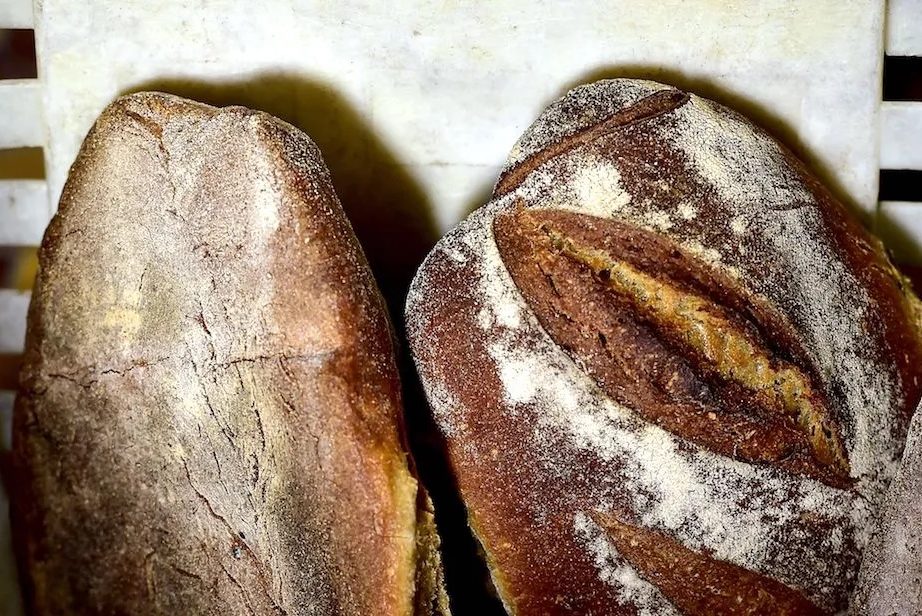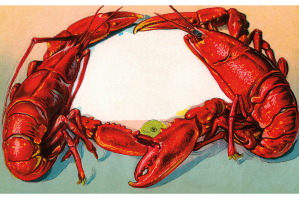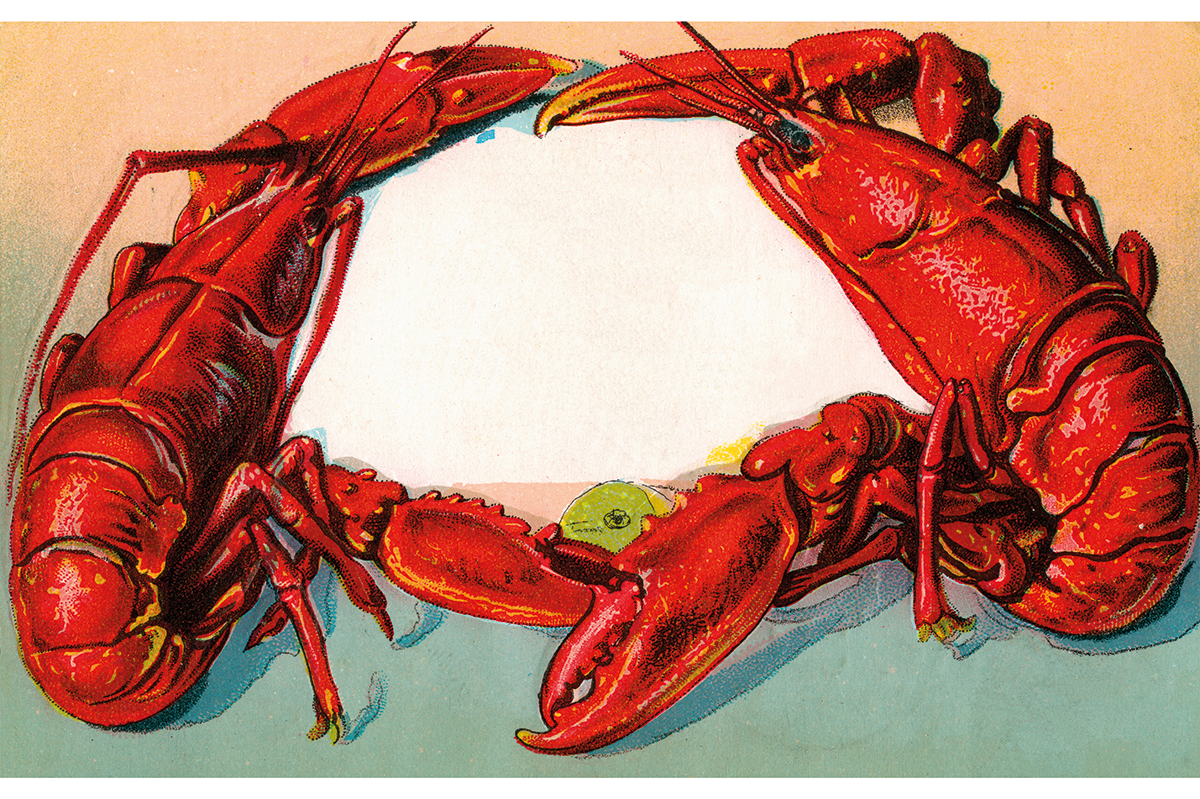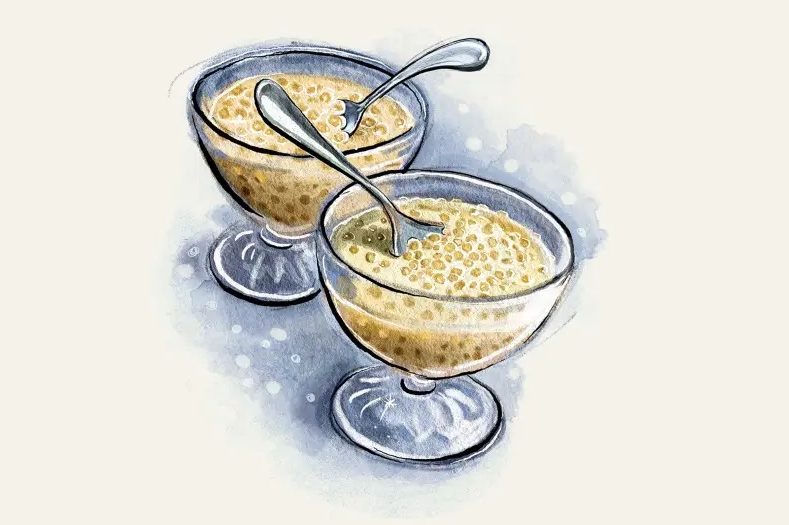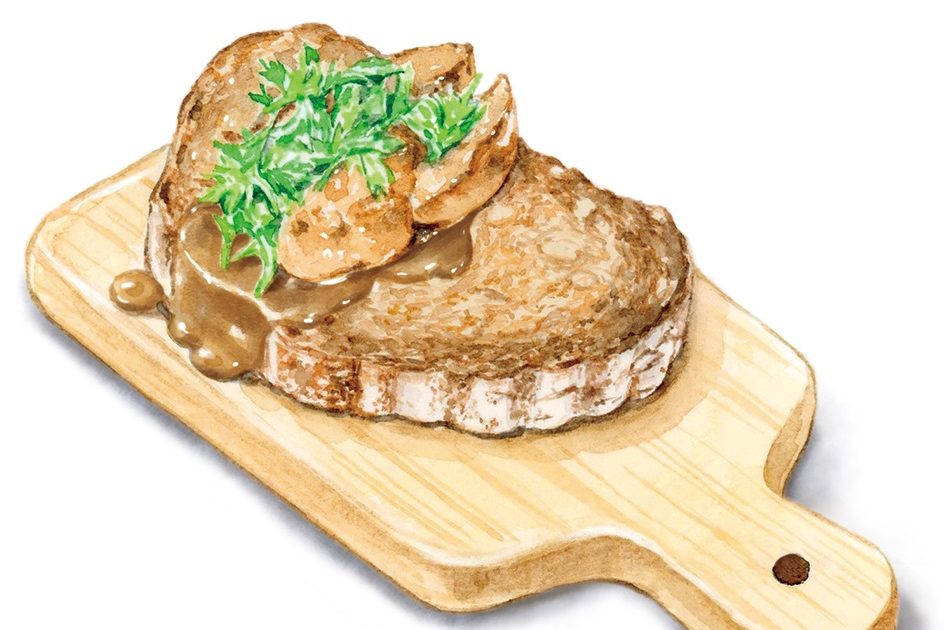One Sunday morning, in an upmarket bakery packed to the hilt with women clutching yoga mats and men proudly carrying papoose-swaddled babies, I glanced around in search of a fresh loaf to serve for lunch. I saw the myriad of shapes, sizes, colors and textures of the loaves on display, and then noticed something. All but one, a seeded rye, were variations on the dreaded sourdough. When it was my turn to be served, I asked “Is there anything in the shop except for damned sourdough?” Judging by the disgusted looks that came my way, I might as well have been asking whether anyone fancied kicking a few homeless people for a laugh.
Eating in a renowned Tuscan restaurant, I was appalled to be served sourdough alongside a bowl of olive oil for dipping. That’s like serving a chapati with rillettes. The monstrosity of sourdough cuts your mouth to ribbons with its razor-sharp crust and has been enjoying world domination since we all became home bakers in lockdown.
If you want to know more about the origins of this San Franciscan import, you could always visit the Sourdough Museum in Belgium (I kid you not) where you will discover that the Egyptians were likely the first to discover fermentation.
I first heard of sourdough when reading the 2000 classic Kitchen Confidential by the late Anthony Bourdain:
The kitchen phone rang, followed by a beep, the little green light indicating that the hostess at the front desk had a call for me…
“Call for the chef,” she said. “Line two.”
“Feed the bitch!” said the voice on the phone. “Feed the bitch or she’ll die!”
The caller is an assistant chef too hungover to come to work at the restaurant. The “bitch” was the sourdough starter sitting in a huge bucket in the pantry.
From this exchange, I discovered that sourdough is made not with yeast but by adding what is called a “starter,” a paste made from flour and water that captures and develops wild yeasts to create the basis of leavening. This paste will need “feeding” with flour and water about every twelve hours and must be kept in a warm place for three to five days to become active.
The absence of yeast is why, during the great yeast shortage of lockdown 2020 when bakeries were closed, sourdough became so popular. People began making it at home, and vacation and restaurant pics on Instagram were replaced with ugly, cracked loaves of home-baked bread.
It has its place (in my house, the bin) but not in every restaurant, sandwich bar or bakery shelf. Remember the days when appropriate bread would adorn the table? An oily focaccia studded with rosemary to accompany Italian fare or a crisp baguette for French cuisine.
There are an estimated 315 varieties of bread in Spain, but guess what I was offered in every restaurant and hotel I visited during a recent visit to Barcelona? In a Greek café recently I asked for a slice of what is known as “country bread” made with semolina, flour, honey, sesame seeds and olive oil. The waiter told me they are constantly asked for sourdough.
It’s always been one of those great pleasures, trying the local bread when traveling, because it has grown up alongside the rest of the food. Think of the Armenian lavash, soft when fresh, crispy when dried, or the sumptuous paratha, a layered Indian flat bread made from wheat flour and glistening with ghee. Soda bread with a full Irish breakfast is a thing of beauty, as is grissini with a little prosciutto wrapped on the end.
Now think of sourdough. It is impossible to make a decent sandwich with it. Any filling gets drowned within the dense heavy bread and unless you have the teeth and jawline of a hippopotamus you will be chewing for a week.
Can I live with it? Given a choice between plastic, sugary white sliced bread and sourdough, I would opt for the latter. But that’s a low bar. Somebody once told me that I wasn’t allowed to dislike it because “this is how bread was made in the old days.” I don’t care.
Bread-bro culture is uber-macho and attracts the bearded man-bun crowd, like chili-infused cocktails and kimchi. The dudes that used to obsess about pizza have now shifted to sourdough. In fact, it’s worse than that — they are now making pizza from sourdough. Perverts.
This article was originally published on The Spectator’s UK website.



